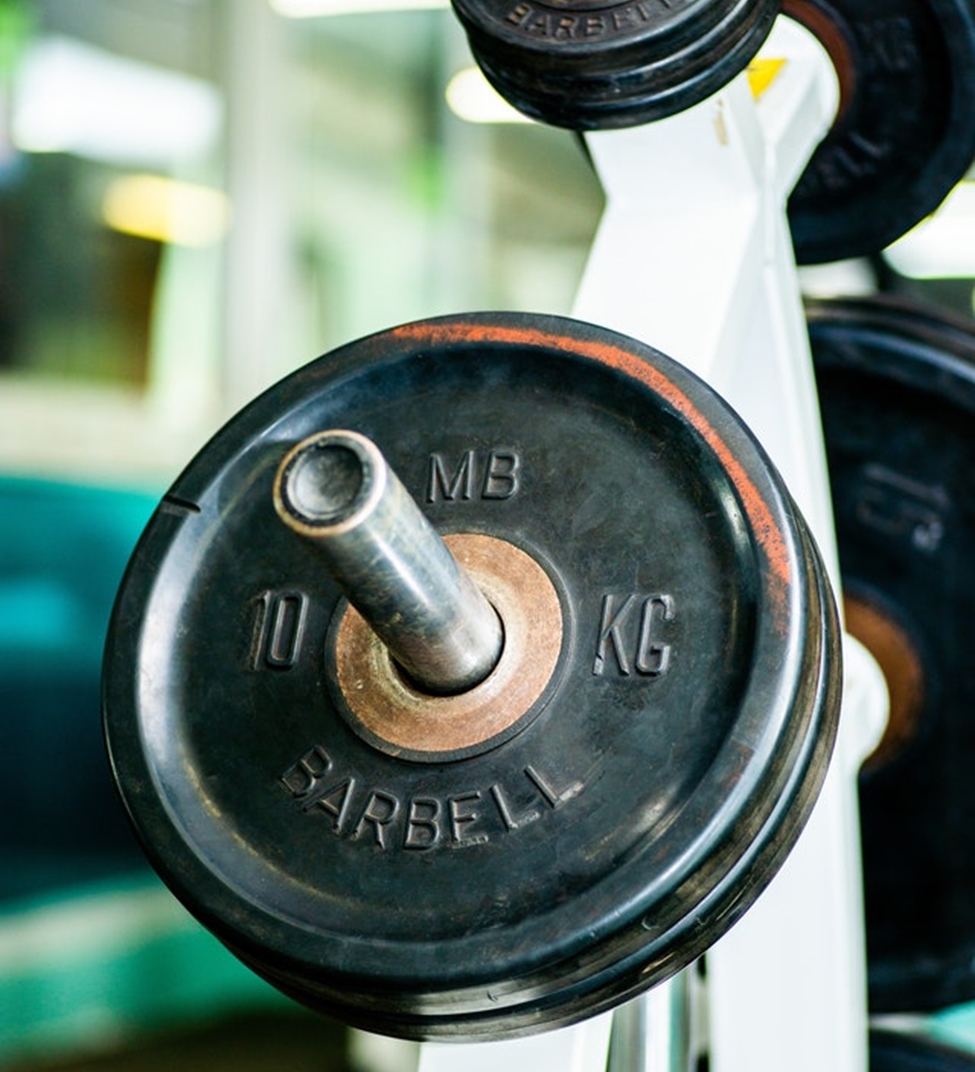
As specialty bars become more popular, there are lots of safety squat bars on the market today. While some brands have a full list of fantastic squat bars, some may not offer the desired performance. Regardless of the brand you choose, there are several things you ought to look for.
1. Handle Distance
It's common to find safety squat bars with wide handles that can span up to 15 inches. The distance can make a massive difference, and the effects are negative when it's wider. Typically, wider handles mean the weight sits on a wider area on your shoulders.
While you may have wide shoulders, it may not be sufficient to counter the negative effects of an extremely wide safety squat bar. When the distance between the handles widens, the bar starts to sit on the shoulder bones instead of the muscles. This makes the squats extremely uncomfortable and can get quite painful. While most safety bars come with padding, it's usually not enough to alleviate the discomfort during squats.
2. Comfortable Squat Angle
Most people use a safety squat bar to imitate a regular squat but avoid the pain and issues caused by shoulder impingement. Maybe you also want to divert from the usual routine and focus on other aspects of the squat.
Most cheap squat bars don't have a good offset angle. As a result, the weight is drawn too far in front, thus making the exercise stop feeling like a squat. Depending on the safety squat bar's angle and how the weight is offset, it can throw you off balance. On the other hand, a safety squat bar with the correct offset angle is more practical. It makes it easy to perform an accurate representation of front and back squats.
3. Thickness
Ideally, it would be best to look for safety squat bars that aren't the standard diameter. Specifically, it's best to settle for thicker bars; you're likely to go through a significant amount of whipping during the exercises. It gets worse when the bar doesn't have the correct offset angle or camber.
To illustrate, if the weight is facing upwards when loading, the thin diameter bar usually causes more bounce when using a heavy load. Consequently, this throws you off balance than when the weight is stuck further in front.
4. Neck Padding
The padding is an essential feature of the safety squat bar. Ideally, it would help to look for options with full bar padding. While some bars come with three-piece padding, they can shift a lot and wear out quickly. Typically, the three-piece bars can be adjustable and easier to replace.
With continuous use, they can shift and leave some portions of the squat bar exposed. If the bar is resting on your collarbone or shoulders, it could cause severe pain and discomfort. Therefore, go for a squat bar that is completely attached and sewn.
Endnote
Safety squat bars are an essential addition to your workout equipment. However, not all bars are created equal. Since they are often a worthwhile investment, it's best to ensure you're getting the best.